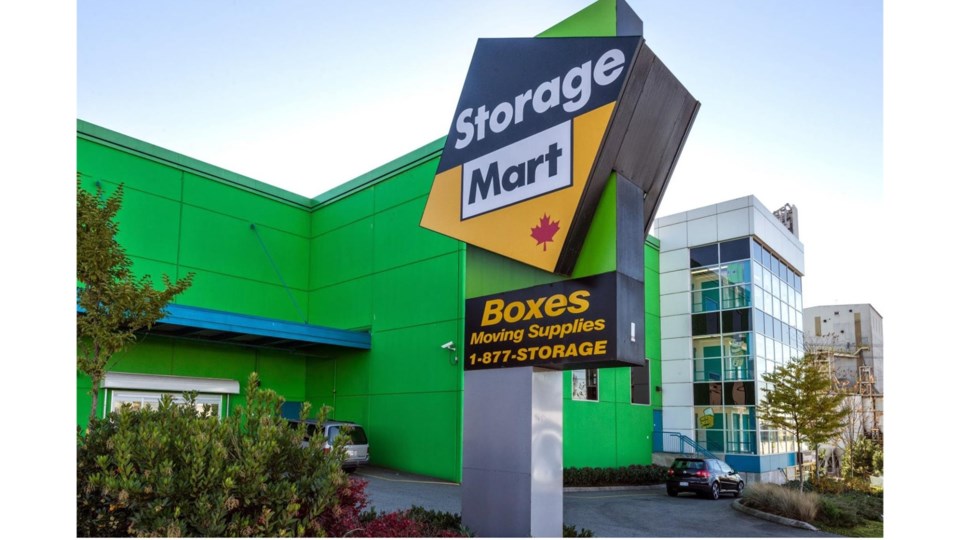Self-storage development continues to build momentum in Canada, with a high percentage of new supply added annually, particularly in Metro Vancouver and Greater Toronto. This has been the case since our company, StorageMart, entered the market in 2009.
Elsewhere, in Alberta and the prairies, development has been cyclical due to the ebb and flow of natural-resources commodity pricing, which is heavily indicative of two key market drivers: job growth and housing demand. For these reasons, we haven’t pursued expansion in Alberta or Saskatchewan since 2015.
Following is a brief overview of development trends and challenges in the market, plus some advice for aspiring investors and owners.
New vs. conversion
Due to the high cost of planning, permitting and construction in Canada, self-storage facilities often exceed 100,000 net rentable square feet and can take three to five years to complete, from land purchase to grand opening. Repurposing existing assets, such as land or buildings, can be an efficient way to ensure a predictable return on investment. During the last 10 years, we’ve consistently converted traditional self-storage to climate control, in-filled large sections of bulk building space, and built additional structures at existing locations.
When weighing the merits of larger projects, there are benefits to ground-up development as well as conversion opportunities. For example, a converted building is often already grandfathered into a number of permissible uses, which can eliminate some planning and permitting hassles. From a developer’s perspective, if the existing infrastructure can be reused, this can help ensure a good return in a tight pricing market, especially when compared to undertaking a full redevelopment.
On the other hand, a new development is sometimes the only way to achieve a properly branded, modern presence on a “1st and Main” location, something most conversion projects won’t be able to match. In addition, new builds are often accompanied by added peace of mind, since you know exactly what you’re getting in terms of building efficiency and compliance with current best practices. They also offer comparatively limited capital-expenditure concerns for the first 10 years.
If obtaining land was cost-effective, I’d always build drive-up self-storage facilities. Unfortunately, that often isn’t the case. When land prices impact overall net rentable square feet, developers have to consider the potential benefit of multi-story conversions, along with a reassessment of current rental rates to make the model work.
Trends and challenges
A big trend emerging with new facilities is the incorporation of technology. Some of the innovations I’m most excited about help transform storage structures into “smart” buildings with features including cool roofs, solar energy, Internet of Things devices and more.
As in the U.S. market, finding land, labor and materials can be challenging for Canada self-storage developers. Prior to COVID-19, there was a minor shortage in labour and rising costs for materials but not to the extent we now face. We foresee these issues will continue, requiring us to constantly monitor and adjust budgets.
One bright spot has been the availability of capital. In fact, the significant appetite of investors and lenders to get into self-storage has partly fueled the large industry growth in the last decade.
Words of advice
For selfish reasons, I wish self-storage developers would slow down here in Canada. The amount of new supply in some areas is staggering. Based on what we’re seeing—merchant builders and even new owner/operator construction—my advice to investors and owners who want to get into the market would be to build small. Consider designs that are flexible, and keep the needs of the market in mind, not just those of your financial partners and lenders.
Though it might be tempting to fill a facility with hundreds of five-foot-by-five-foot units, renting enough of them to maintain your target occupancy is unrealistic. Instead, focus on accessibility and convenient loading accommodations. And remember, as with all things real estate, it’s about location, location, location.
- Weyen Burnam is director of real estate for StorageMart, which has a portfolio of more than 215 self-storage properties across Canada, the United Kingdom and the United States. This article first appeared in the March 2022 issue of Inside Self-Storage magazine.



